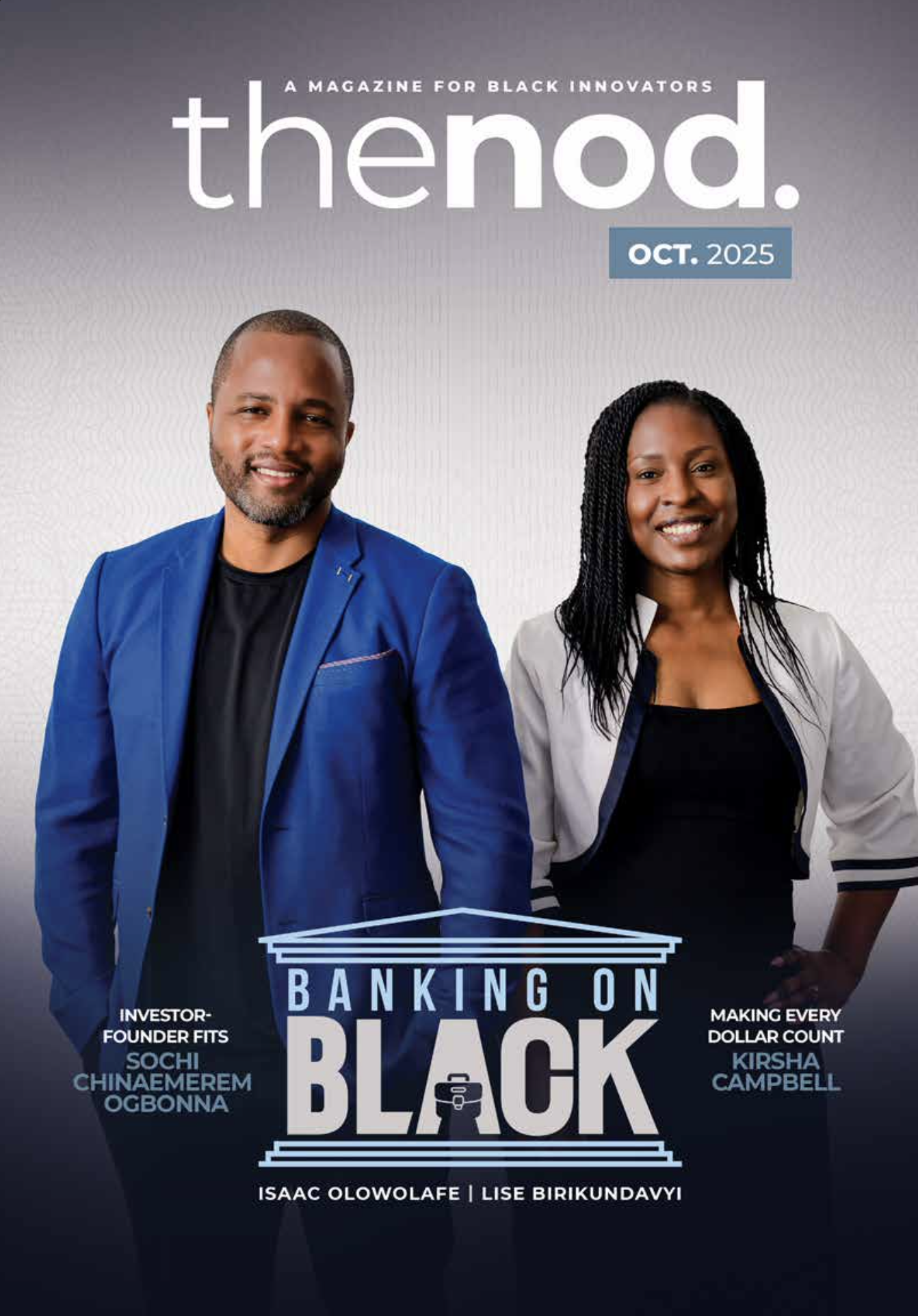A high-performing team is empowered, inspired, and aligned with a shared vision. Members have role clarity, understand expectations, and work toward goals that support the organization’s mission. They trust one another, give and receive feedback, and leverage each other’s strengths.
Such teams function like a well-rowed boat with everyone moving in the same direction, or a tightly bound broom; stronger together than apart. They solve problems collectively, approach conflict with skill, and engage in open, honest conversations without fear.
Support systems like coaching, mentoring, and annual development plans are in place to prepare future leaders. Diversity of thought is embraced, creativity thrives, and successes are celebrated. In this environment, there’s both accountability and a deep sense of belonging so that people feel like part of a work family.
I’ll be sharing ideas, concepts and frameworks from my book, Lead with Ease.
The Mindset of Performance Management
Performance management is a strategic investment in employee growth. At times, performance may not meet role expectations, creating a gap that needs to be addressed. Tools like a Performance Improvement Plan (PIP) can help, but the leader’s mindset determines whether it succeeds.
Effective leaders lead with empathy and integrity, avoiding shame or punitive tones. They treat performance conversations as opportunities to support, coach and elevate their people. When leaders engage with care and accountability, they build trust and unlock potential.
This approach is what I call leading with the heart: balancing accountability with compassion, and ensuring that performance management becomes a pathway to growth rather than a source of fear.
The Foundation for Sustainable Performance
Conscious growth is an intentional, proactive approach to development. It aligns organizational values with competencies, embedding them into performance systems from onboarding to career advancement. Employees self-evaluate, leaders provide constructive feedback, and growth is measured consistently.
Establishing a Culture of Accountability
A culture of accountability provides structure for leaders and teams, ensuring that day-to-day actions align with the bigger picture. When expectations are clear, resources and support are available, and progress is tracked fairly, accountability becomes a motivator, not a burden.
From Lead with Ease, a culture of accountability starts with five foundational practices:
- Communicate a clear vision: Where are we going?
- Build strategic plans: How will we get there?
- Establish support systems: Who will help us succeed, and what do they need?
- Provide resources, budgets, and tools: What’s required to perform?
- Report regularly: How are we doing, and are we meeting our commitments?
When expectations are clear, resources are provided, and progress is tracked, accountability feels fair and achievable, not oppressive.
Embracing a ‘Failing Forward’ Culture
Innovation requires risk and risk brings occasional failure. A failing-forward mindset turns mistakes into learning opportunities. Leaders can foster this by:
- Normalizing mistakes as part of the learning process
- Responding with curiosity, asking “What can we learn?” instead of “Who’s at fault?”
- Creating safe spaces for reflection and dialogue
- Sharing lessons learned across the organization
- Modelling vulnerability by sharing their own growth experiences
By embedding these practices, teams build resilience, adapt faster, and innovate more freely.
The Performance-Based Conversation Framework
From Lead with Ease, this framework ensures expectations are clear, support is provided, and progress is tracked. It promotes transparency, accountability, and continuous improvement.
Step-by-Step Approach:
- Prepare with empathy: Review the individual’s history and consider personal factors that may be affecting performance.
- Set a clear context: Explain why the conversation is happening and the desired outcome.
- Engage with active listening: Allow the employee to share their perspective without interruption.
- Clarify expectations: Use specific examples to illustrate required performance.
- Agree on actions: Co-create a realistic, measurable, and time-bound improvement plan.
- Follow through: Check in regularly to track progress and offer support.
One tool that can complement this is the GROW Coaching Model (Goal, Reality, Options, Will), which uses guided questions to help employees reflect, identify barriers, and take ownership of solutions.
Leading with Care: People-Centered Practices
1. Trauma-Informed Leadership
Recognize that employees may carry health challenges, divorce, custody battles, financial strain, or other life events that affect how they receive feedback. A trauma-informed approach means:
- Outlining clear expectations before performance conversations
- Using empathy and supportive language
- Involving employees in goal-setting
- Focusing on growth rather than blame
2. People-Centred Performance Systems
Put the person, not just the output, at the centre. This includes:
- Cultural awareness in communication and feedback
- Equity in performance expectations
- Supporting well-being alongside productivity
- Building trust-based leader–employee relationships
3. Fostering Psychological Safety
High-performing teams thrive in environments where it’s safe to:
- Speak up without fear
- Admit mistakes and ask for help
- Engage in two-way dialogue
- Take risks without fear of punishment
Balancing Accountability with Empathy
Leaders can achieve this balance by:
- Understanding capacity and willingness before introducing metrics
- Co-creating goals so employees feel ownership
- Providing ongoing support through coaching, training, and resources
- Revisiting goals when challenges arise, focusing on curiosity over judgment
- Making tough decisions compassionately when alignment can’t be reached
This approach ensures metrics are not tools of pressure but pathways to growth.
Why This Matters
Without structured performance systems, teams risk stagnation, disengagement, and turnover. At the micro level, individuals miss development opportunities, and productivity suffers. At the macro level, culture erodes, innovation slows, and strategic goals are missed.
But with conscious growth, people-centred systems, and a balance of accountability and empathy, leaders can do more than track performance; they can unlock potential, build leadership pipelines, and create teams that thrive together.













